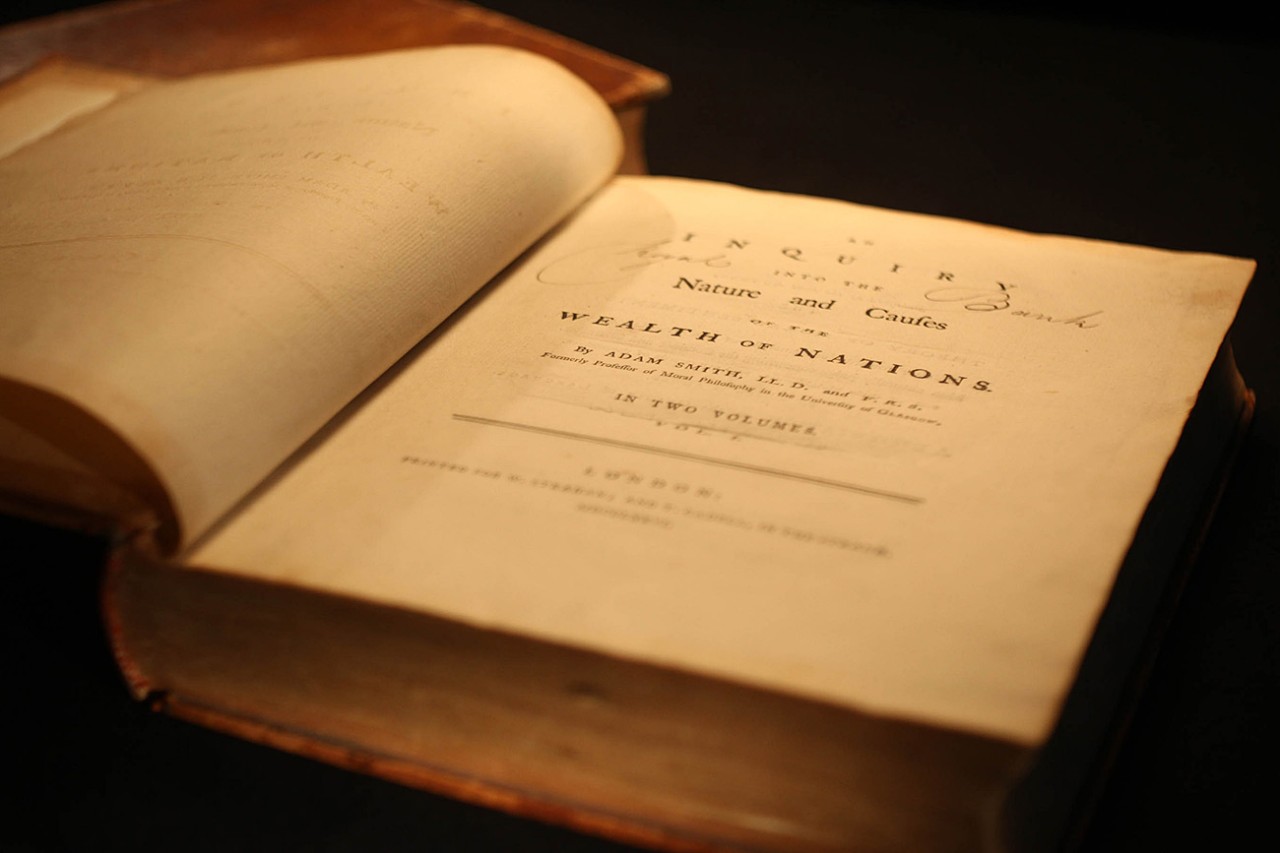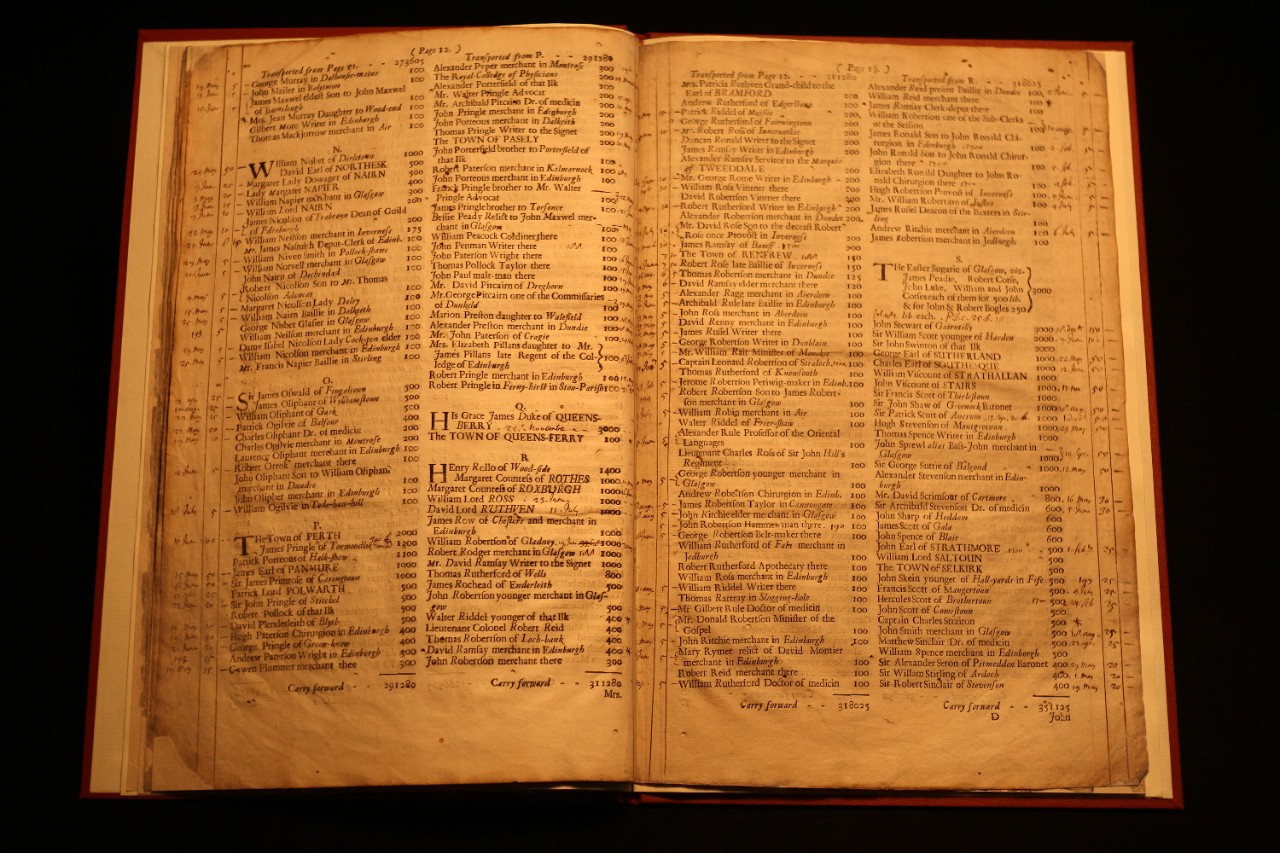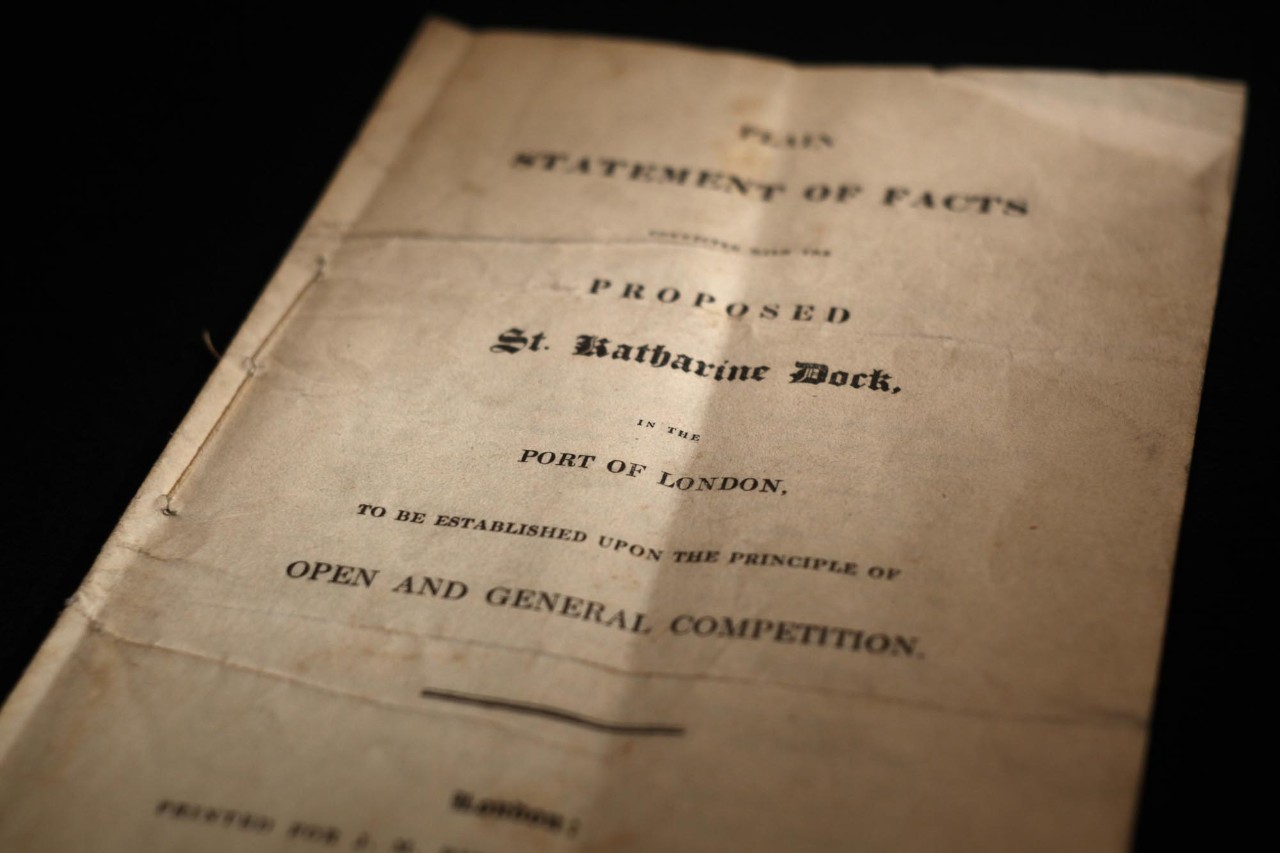Object 12: Wealth of Nations, 1776

First edition of An Inquiry into the Nature and Causes of the Wealth of Nations by Adam Smith, 1776 © RBS
This book is the most famous work by the important Scottish economist and moral philosopher Adam Smith (1723-90), often called the Father of Economics. In it, he introduces many ideas that have underpinned economic thought ever since. He writes at length about the economic conditions of his native Scotland, including the significance of its banking system: 'I have heard it asserted... that the trade of Scotland has more than quadrupled since the first erection of the two public banks at Edinburgh [The Royal Bank of Scotland and Bank of Scotland]... That the trade and industry of Scotland... have increased very considerably during this period, and that the banks have contributed a good deal to this increase, cannot be doubted.'
In 1764 Adam Smith gave up his post at Glasgow University to become tutor to the young Henry Scott, 3rd Duke of Buccleuch, who later served for 35 years as governor of The Royal Bank of Scotland. Together, they travelled across continental Europe on a tour which lasted more than two years, providing Smith with opportunities to witness different economic systems and meet influential thinkers. Even after their return, the two men remained friends for life. Buccleuch gave Smith a pension which enabled him to give up teaching and concentrate on writing what would become his classic work An Inquiry into the Nature and Causes of the Wealth of Nations (1776).
The bond between academic economist and bank governor was in some senses emblematic of the time and context in which it was formed; a period known as the Scottish Enlightenment. Throughout Europe and beyond, the Age of Enlightenment brought a blossoming of intellectual, literary, scientific and artistic achievement, springing from a fundamental belief that people could use their own powers of reason to understand themselves and the world around them. In Scotland the Enlightenment had a particularly practical flavour, placing high value not only upon exploring new ideas, but also upon using them to produce tangible benefits for people and society.
| The Royal Bank of Scotland was right at the heart of Edinburgh life in this exciting era
Scotland - and Edinburgh in particular - was one of the most celebrated centres of the Enlightenment. Many of the period's most famous philosophers, scientists and artists lived and worked in the city. The Royal Bank of Scotland was right at the heart of Edinburgh life in this exciting era, and counted among its customers such key Enlightenment figures as the renowned philosopher and author David Hume (1711-76); the portrait painter Henry Raeburn (1756-1823); and the father of scientific geology James Hutton (1726-97).
This first edition copy of The Wealth of Nations is inscribed 'Royal Bank' by hand on the title page. Although it is known to have belonged to the bank for very many years, no information survives about how or when it was received, so it is impossible to say whether it came from Smith himself, perhaps via his friendship with the bank's governor. Regardless of this question, however, it remains for us today a symbol of how the Enlightenment brought together practical bankers and theoretical thinkers, and of how the two groups influenced and encouraged each other.









